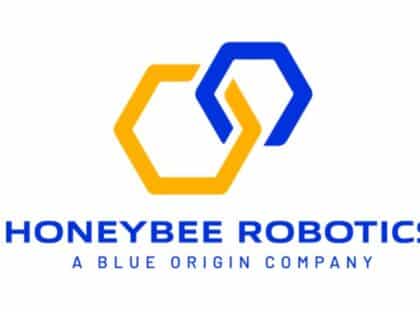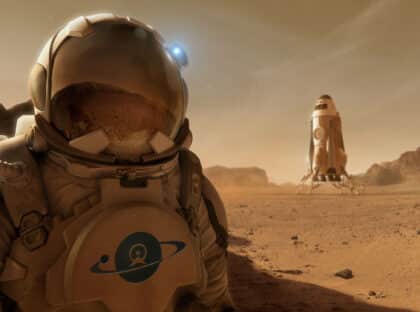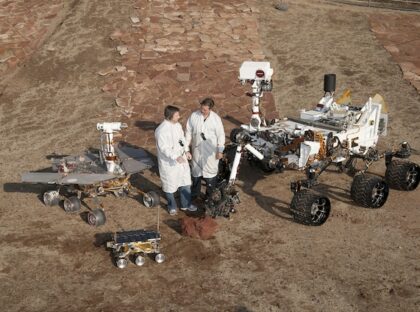
By Lawrence Klaes, Guest Writer, The Mars Society
If there is one highlight among many that the Twenty-First Century can be noted for when it comes to space exploration, it is as the era when the automated rover really took off – and all over – the planet Mars.
At this moment, there are three functioning multi-wheeled explorers making their way across different parts of the Red Planet, their suites of instruments gleaning what they can about their new homes and relaying that priceless scientific data back to their creators on Earth.
Two of the rovers, named Curiosity and Perseverance, are of American origin, while the very latest member of this elite group, Zhurong, is the first Mars rover effort by China. Their primary goals are to return geological, meteorological, and any biological information about the fourth planet from the Sun utilizing some of the most sophisticated scientific devices yet built for these tasks.
The First Mars Rovers
The trio are hardly the first rovers to reach the Red Planet. As far back as 1971, the Soviet Union tried to land two small rovers called PROP-M attached to robotic landers named, aptly enough, Mars 2 and Mars 3.
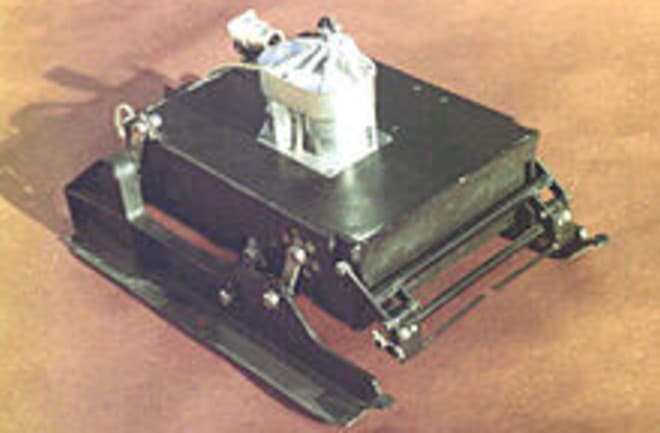
The mission results were decidedly mixed, to be generous: The second labeled vessel had the dubious distinction of being the first human-made object to touch the surface of Mars, albeit in a less than ideal state (it crashed). The state media only noted that Mars 2 had placed the Soviet Coat of Arms on the Red Planet, which was true enough.
Mars 3 did reach the planet’s surface intact and functioning in a large crater named Ptolemaeus but stopped transmitting after about twenty seconds while it was just starting to return an image of its surroundings. Some blamed the probe’s premature demise on the global dust storm enveloping Mars at the time, but others placed the problem on communications issues between the lander and its relay orbiter.
Since Mars 3 was designed to automatically carry out its scientific activities once the lander was on the surface, it is entirely possible that the little rover did its preprogrammed job of exploring its landing site with two instruments, a dynamic penetrometer and a gamma ray densitometer, all while moving about on a pair of skids. However, we will have to wait for a future search expedition to find the now historic lander and learn what became of it.
The first truly successful Mars rover was the American Mars Pathfinder mission, which landed on July 4, 1997, via a combination of parachutes, retrorockets, and innovative airbags, where it released the small but autonomous Sojourner rover in the Ares Vallis region. Largely a series of engineering tests for future rovers, Sojourner did carry a camera and an alpha X-ray spectrometer to analyze the local rocks and surface. The pioneering mobile robot lasted for about three months.
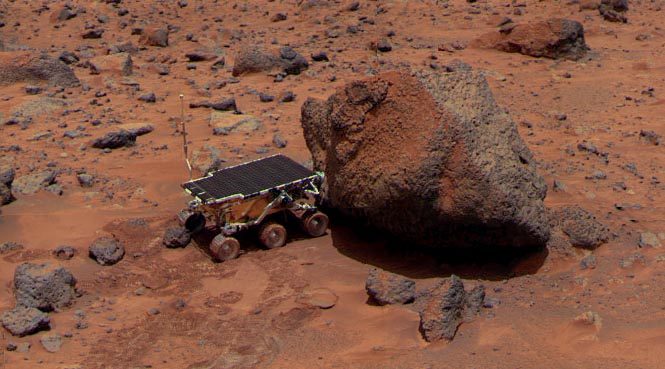
The first wheeled Mars vessels of the Twenty-First Century were the Mars Exploration Rovers (MERs) named Spirit and Opportunity. Landing on opposite sides of the Red Planet in early 2004, these twin solar-powered rovers lasted far beyond their minimum projected lifetimes of ninety days: Spirit transmitted until 2010 after becoming stuck in a sand trap. Opportunity lasted for over fourteen years and traveled almost thirty miles before a thick dust storm took it out of commission in 2018.
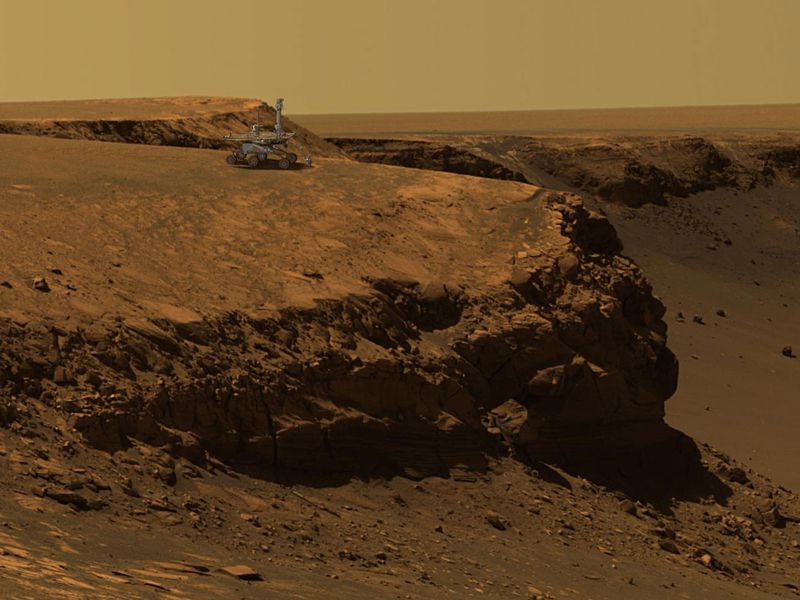
The primary goals of Spirit and Opportunity were to determine if liquid water once existed on the Martian surface, which they did accomplish. While they were not specifically designed to look for signs of past or present native life forms, the MERs did determine that conditions on the planet were more potentially favorable for at least some organisms in that world’s distant past.
The New Generation: Curiosity and Perseverance
The next decade would introduce a whole new type of automated rover, one called Curiosity. Roughly the size of a typical automobile and nuclear-powered, this machine outclassed every robotic Mars explorer before it.
Curiosity touched down on Aeolis Palus inside Gale crater on August 6, 2012, where it is still exploring today. This rover would embody many of the features that would enable its descendant, Perseverance, to have a similar success on Mars almost nine years later: A landing system that involved not airbags but a complex sky crane that would lower the rover on a system of cables before flying off to crash land far from its delivered package; a drill and microscope to examine rocks and help determine if Mars could have ever supported life, which it did; a small onboard chemical laboratory to examine the composition of surface samples placed in it; and an instrument to reveal how much radiation reaches the planet’s surface to see if it is a hazard for future human astronauts.
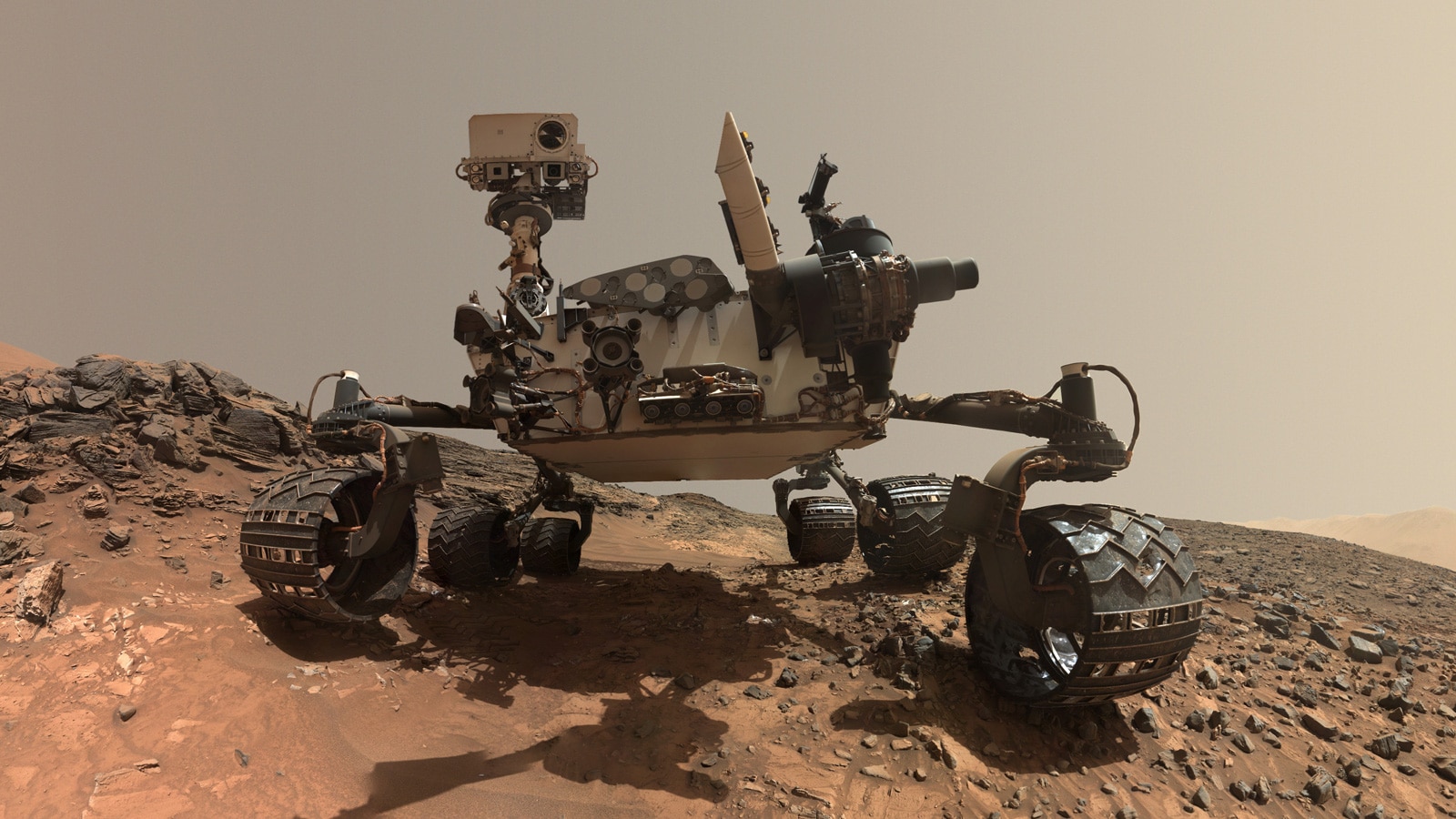
While a true explorer of an alien world in its own right, Curiosity also served as the test model for the next and latest American Mars rover, the aforementioned Perseverance. Launched from Cape Canaveral in late July of 2020, the rover reached Mars in February of 2021 and did so in spectacular fashion: Multiple cameras followed the rover all the way to the surface, where humanity was able to witness everything from the protective aeroshell falling away during the descent, the dramatic unfurling of the colorful main parachute with a coded message embedded into it, to the rover being lowered right down onto the surface from the view of the sky crane, while the rover cameras captured the sky crane hovering above it before its own small rockets flew the device away so as not to potentially interfere with the main event.
In addition to having many of the same instruments as its predecessor, Perseverance – which is also searching for actual past evidence of native life on the Red Planet as well as seeing if the globe ever could have supported organisms – was designed to look to the future: The rover will collect interesting rock samples to store for a later robot mission to return them to Earth. Perseverance has also determined that oxygen can be produced from the Martian atmosphere which will be of great benefit to human explorers and settlers. A panel on the rover even has various sample materials deliberately exposed to the planet’s climate to see how they fair for the era of human arrival.
Perseverance has also successfully brought to the Martian surface for the first time a pair of mechanical ears: Two microphones that have listened to the thin winds of Mars and even the rover as it drives its six wheels across the dusty plains of Jezero crater in Syrtis Major.
Perseverance also carried something significant to Mars that no other Mars-bound vehicle had done before it: A small bladed flying machine named Ingenuity. Designed to test the aerodynamics of flight on the surface of another world for the very first time, Ingenuity was deposited from the belly of the rover and has conducted at least seven test flights with few glitches. The mini-helicopter has flown high into the thin Martian atmosphere, taking images of its surroundings in part to guide Perseverance where to explore next. Some have compared the accomplishments of Ingenuity to the Wright Brothers’ first heavier-than-air flights at Kitty Hawk in 1903.
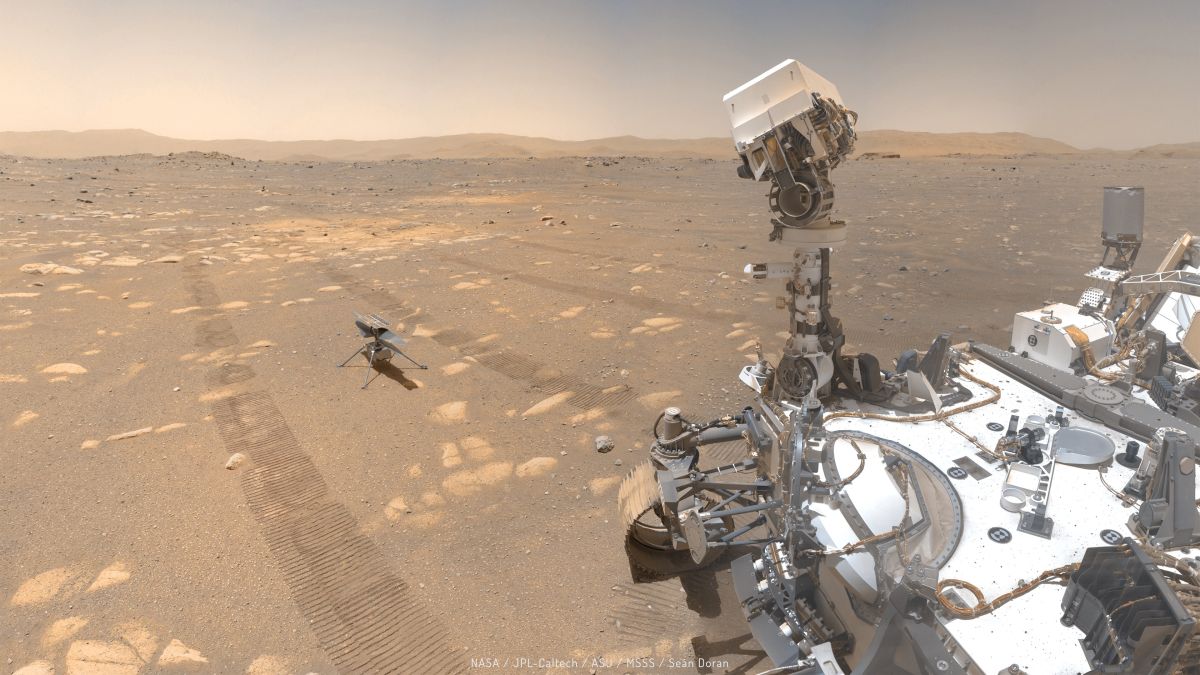
Perseverance has a literally long road ahead of it. If Curiosity and its automated predecessors are any example, Perseverance should function for years and perhaps decades more on Mars, revealing many of its secrets during its journey, which will hopefully include any signs of life, past or present.
The Middle Kingdom Goes to Mars
After a quarter of a century of robotic rover exploration on Mars, the monopoly held by the United States in this arena was broken in May of 2021 by China, when their orbiting deep space probe Tianwen 1 successfully dropped a rover named Zhurong onto the surface of the Red Planet. The Chinese rover landed in Utopia Planitia, the same region that the American Viking 2 lander touched down upon in 1976, albeit roughly 1,056 miles apart.
Zhurong’s scientific objectives naturally include examining the surface and surrounding rocks to determine their compositions and densities, along with efforts to find any ice among them. The rover will also attempt to detect any localized surface magnetic fields. Zhurong will accomplish all this with a site of six scientific instruments: These include a ground-penetrating radar, a magnetometer, and laser and infrared spectroscopic detectors to uncover the chemical properties of its landing site, much like its American rover counterparts. Zhurong also carries a Mars Climate Station for measuring primary meteorological conditions as well as containing the ability to record local sounds.
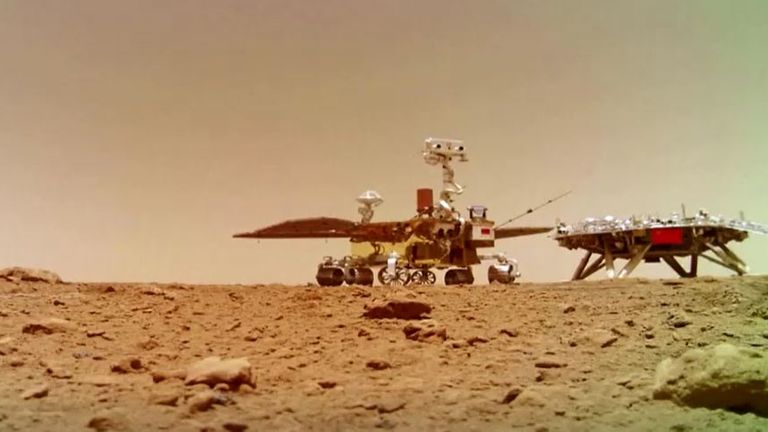
Naturally, Zhurong carries a collection of electronic eyes for imaging its alien home. This set includes a rather unique member: A small camera that the rover placed onto the surface so it could – and did – take simultaneous images of both the rover and the landing system that Zhurong was transported in and later rolled off from on a ramp jutting to the surface.
In similar fashion to its Mars exploring brethren, Zhurong has been given a minimum of ninety days of active surface life. However, it is more than likely that China’s first lander and rover on the Red Planet will survive far beyond its warrantied three months, giving humanity years of important data from yet another new location on Mars.
Future Plans: More Rovers, Sample Returns, and Humanity
After several decades of concern in the early years of the Space Age that the promises to explore and settle Mars and other places in the Solar System would remain unfulfilled, a new era is turning such plans into reality.
As we progress into the Twenty-First Century, there will be other rovers and even more sophisticated vehicles sent to delve into the science of the Red Planet. The European and Russian space agencies plan to get into the robotic rover game with their own wheeled explorer named Rosalind Franklin, after the scientist who made key contributions to the discovery of DNA (deoxyribonucleic acid), the genetic codes that make up all Earth life.
Scheduled for launch in September of 2022, this rover contains many of the same scientific instruments as its predecessors, but with an emphasis for directly searching for native organisms both from antiquity and any currently present. Rosalind Franklin, in both size and mass between the MERs and Curiosity/Perseverance, will be delivered to the Martian surface by the Russian Kazachok platform. This lander has its own suite of exploration devices, including unique ones such as a meteorological station and instruments for measuring the composition and amount of water vapor in the thin atmosphere. Kazachok even has a seismometer that may compliment the one brought to the Red Planet by the American InSight (Interior Exploration using Seismic Investigations, Geodesy and Heat Transport) lander in late 2018.
In the coming years, both the United States and China have announced plans to send automated missions to Mars to land, collect, and return samples of the planet’s surface to Earth for intense examination in terrestrial laboratories. Perseverance will be retrieving and storing surface materials for this very purpose. Such undertakings will be complex, involving multiple vehicles and steps that will be critical to either the success or failure of humanity receiving the first materials deliberately gathered and delivered from the surface of another planet.
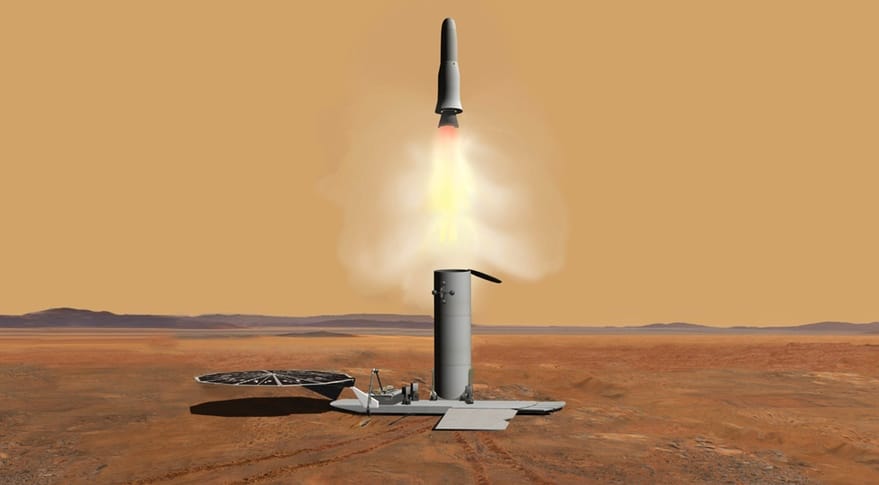
Human beings are also on the agenda for exploring Mars in person. While specific dates have yet to be set, the 2030s are often mentioned as a plausible timeline for the first such missions. While we have learned much in the six decades of human activity in space, there are many objectives and hurdles to overcome if we want to first send men and women safely to the Red Planet and back, then evolve these voyages into permanent human settlements as we begin to expand our species into the Cosmos.
Whoever does take those first booted steps on our neighboring world, they will be doing so thanks to the artificial explorers who came before them and opened the way.
The Mars Society would like to extend its appreciation to Lawrence Klaes, our new guest writer, for contributing this article to our organization’s space advocacy efforts. A veteran technical writer, Lawrence will draft occasional pieces about Mars, space exploration and technology.
Lawrence Klaes is an author of science and nature essays and is the former Editor of the EJASA (Electronic Journal of the Astronomical Society of the Atlantic). He was also the Editor and Co-Producer of SETIQuest magazine, only the second periodical devoted to the subject of searching for extraterrestrial intelligence. Larry’s written works may be found on the Centauri Dreams blog site.
